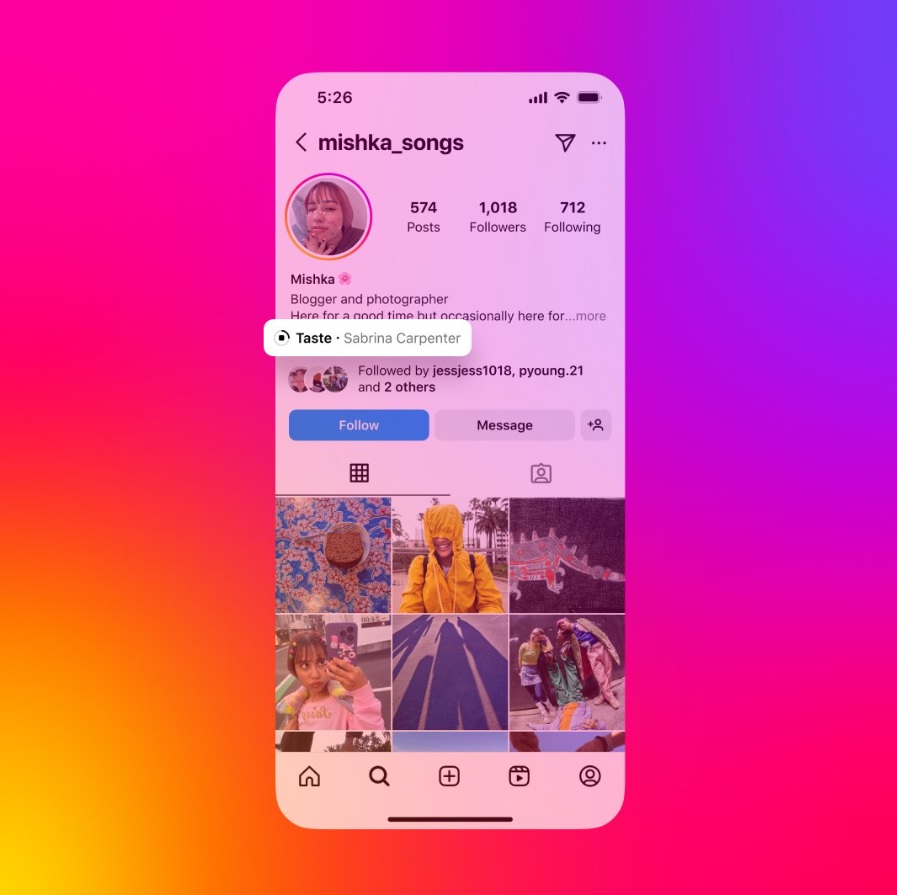An online video platform (OVP) enables users to upload, convert, store, and play back video content on the Internet, often via a private server structured, large-scale system that may generate revenue. Users will generally upload video content via the hosting service’s website, mobile or desktop application, or other interfaces (API), and typically provides embed codes or links that allow others to view the video content. Online video platforms can use a software as a service (SaaS) business model, a do it yourself (DIY) model or user-generated content (UGC) model. The OVP comes with an end-to-end tool set to upload, encode, manage, playback, style, deliver, distribute, download, publish and measure quality of service or audience engagement quality of experience of online video content for both video on demand (VOD) and live delivery. This is usually manifested as a User Interface with log-in credentials. OVPs also include providing a custom video player or a third-party video player that can be embedded in a website. Modern online video platforms are often coupled up with embedded online video analytics providing video publishers with detailed insights into video performance: the total number of video views, impressions, and unique views; video watch time, stats on user location, visits, and behavior on the site. Video heat maps show how user engagement rate changes through the viewing process in order to measure audience interaction and to create compelling video content. OVPs are related to the over-the-top content video industry, although there are many OVP providers that are also present in broadcast markets, serving video on demand set-top boxes. OVP product models vary in scale and feature-set, ranging from ready-made web sites that individuals can use, to white label models that can be customized by enterprise clients or media/content aggregators and integrated with their traditional broadcast workflows. The former example is YouTube. The latter example is predominantly found in FTA (Free-To-Air) or pay-TV broadcasters who seek to provide an over-the-top media service (OTT) that extends the availability of their content on desktops or multiple mobility devices. In general, the graphical user interface accessed by users of the OVP is sold as a service. Revenue is derived from monthly subscriptions based on the number of users it is licensed to and the complexity of the workflow. Some workflows require encryption of content with DRM and this increases the cost of using the service. Videos may be transcoded from their original source format or resolution to a mezzanine format (suitable for management and mass-delivery), either on-site or using cloud computing. The latter would be where platform as a service, is provided as an additional cost. It is feasible, but rare, for large broadcasters to develop their own proprietary OVP. However, this can require complex development and maintenance costs and diverts attention to ‘building’ as opposed to distributing/curating content. OVPs often cooperate with specialized third-party service providers, using what they call an application programming interface (API). These include cloud transcoders, recommendation engines, search engines, metadata libraries and analytics providers.


By
October 1, 2024



